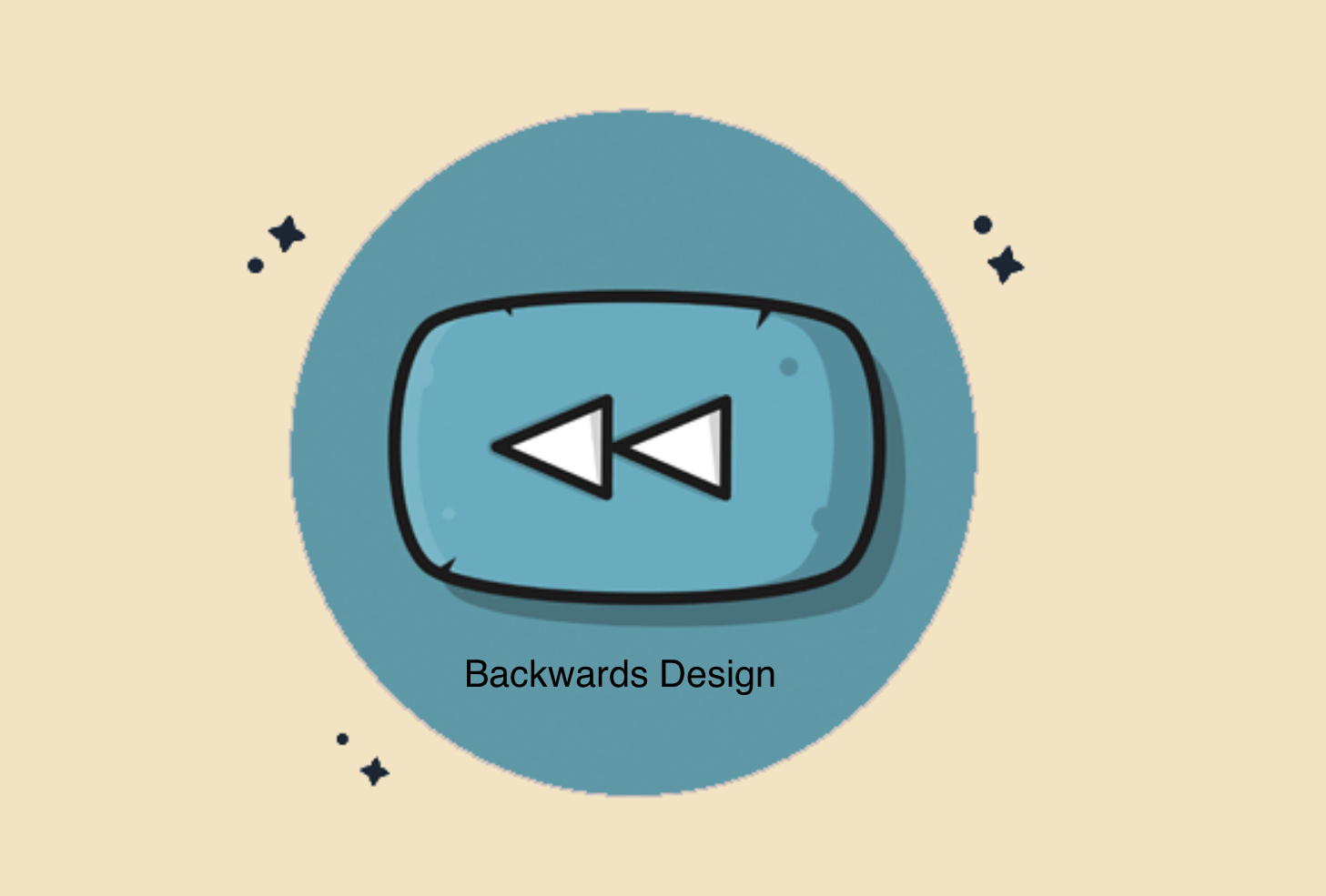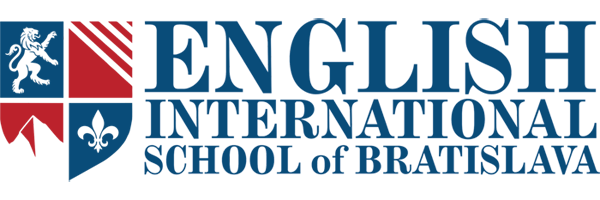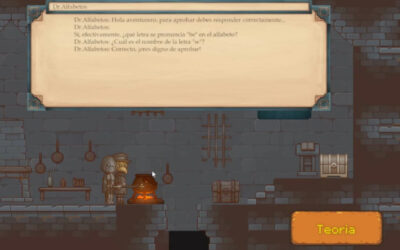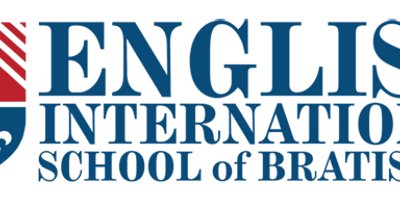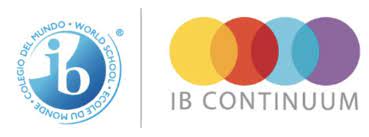By the end of this blog, you should know what backwards design is in education and you should be able to understand how this was used in a practical example in the Year 3 classroom. You will be able to refer back to this article for a three step plan to implement backwards design.
As the name suggests, backwards design begins with the end in mind. If this end is shared with students at the beginning of their lessons, we suddenly create a much more important concept: that of RELEVANCE. Imagine yourself trying a new task, learning the steps but not knowing what it is that you are supposed to be able to do, until you get to the end of it and then suddenly someone tells you whether what you did was good or not. Only now you know what you were supposed to actually be able to do. Now imagine if you were told what you are supposed to learn how to do before the learning even begins. Now you have and end in mind, your learning takes on a relevance, you want to be successful in this process and whats more, you now own the goal and can yourself assess whether you are on the right path in reaching it and whether you need to take more action in order to do so. This is backwards design.
Step 1: Identify what learners should know and be able to do by the end of the learning cycle.
Practical example: Students were told that they will know what conjunctions are and be able to give some examples. They will be able to use conjunctions to create longer sentences regarding their topic central idea of: Why do People travel?
Step 2: Identify what students should know and be able to do by the end of the learning cycle.
Practical example: Students were told that the assessment would ask them to write their own definition of conjunctions and to use conjunctions to join sentences from the topic information board (they had previously brainstormed ideas of why people travel on this board).
Step 3: Plan a sequence of lessons that will prepare students to successfully complete the assessment.
Practical example: Student had three different lessons on conjunctions, including a power point presentation, some practical group work, and a note taking exercise with discussion. Before all three lessons they were reminded of the end goal in mind.
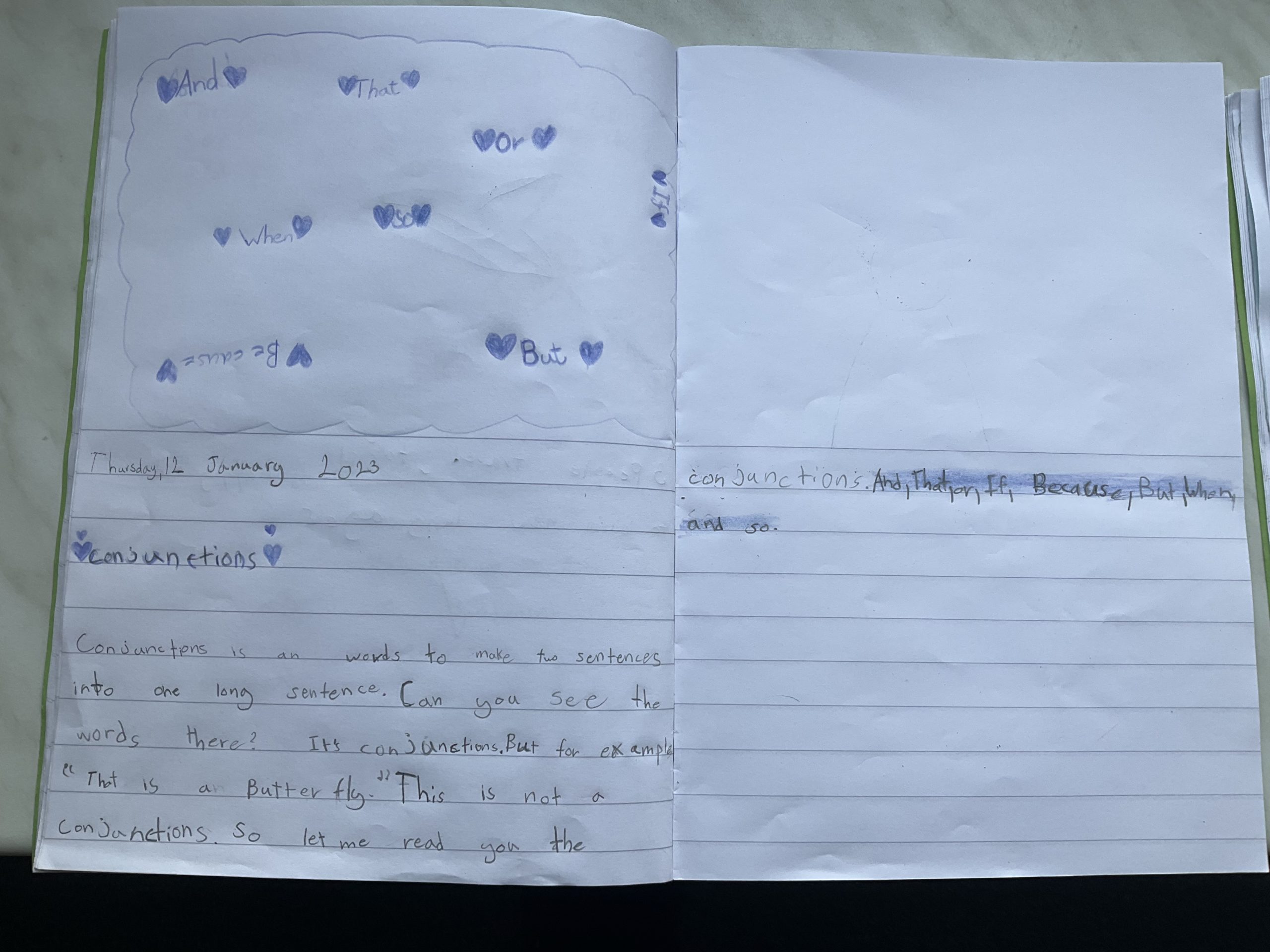
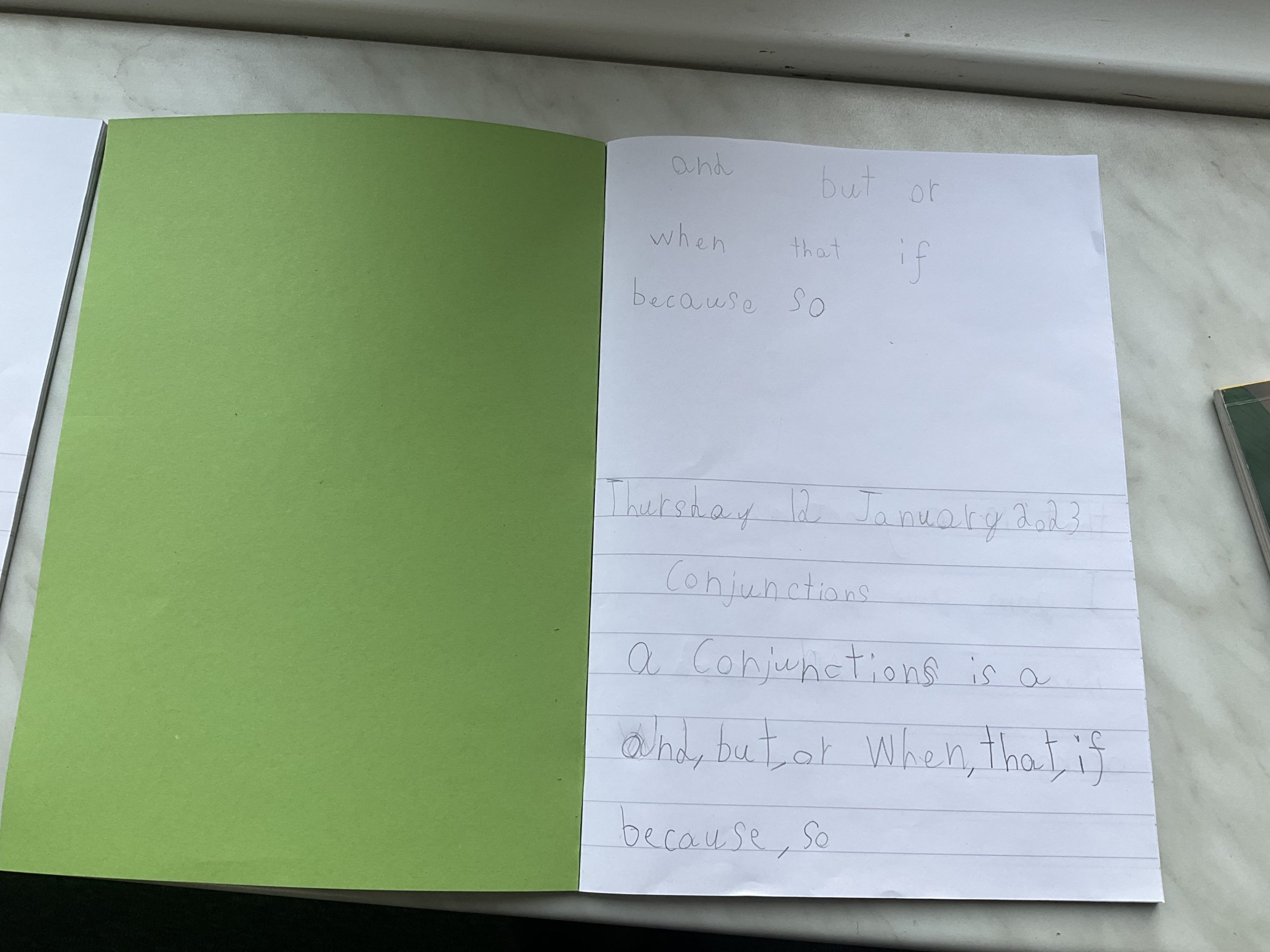
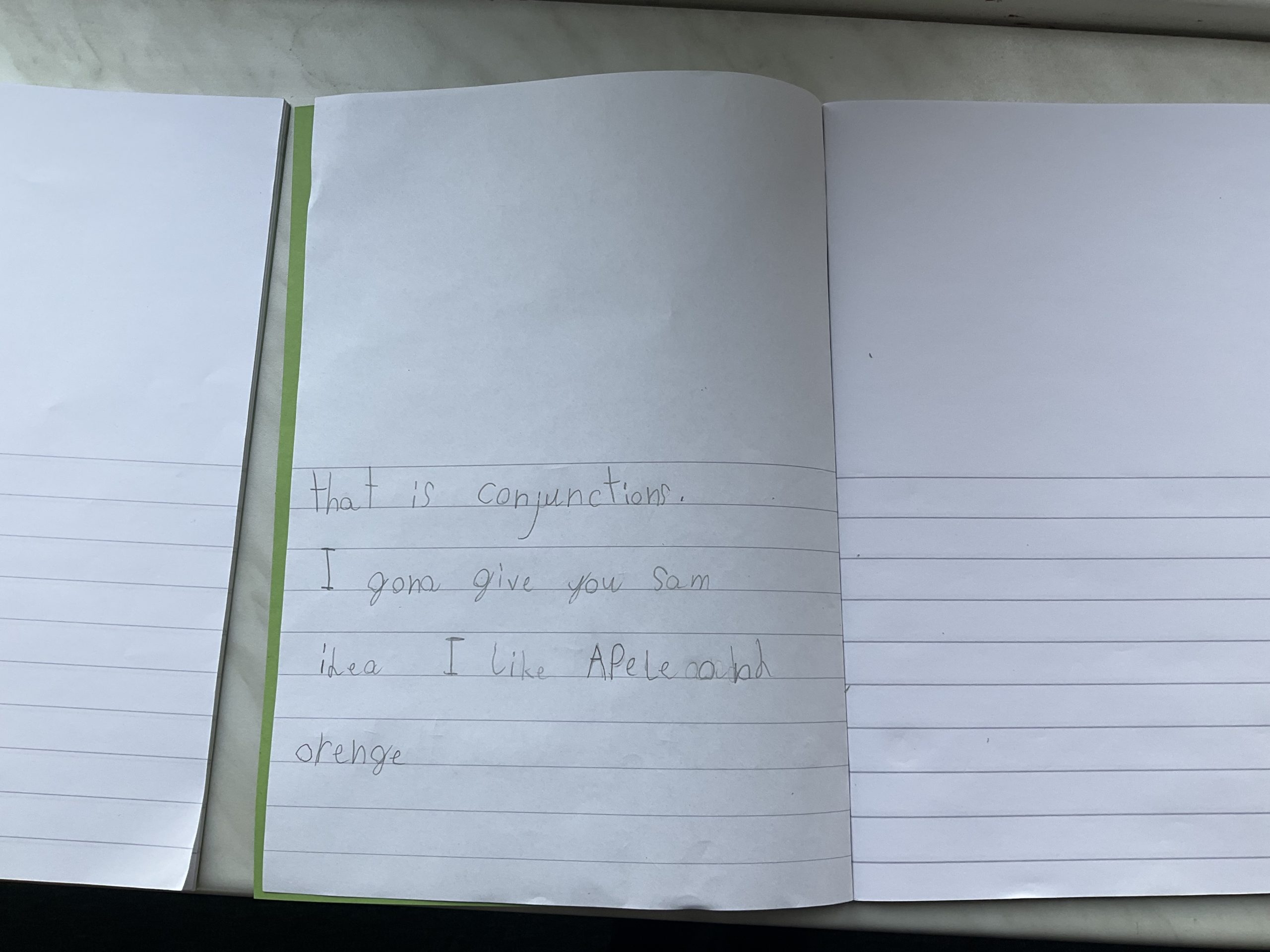
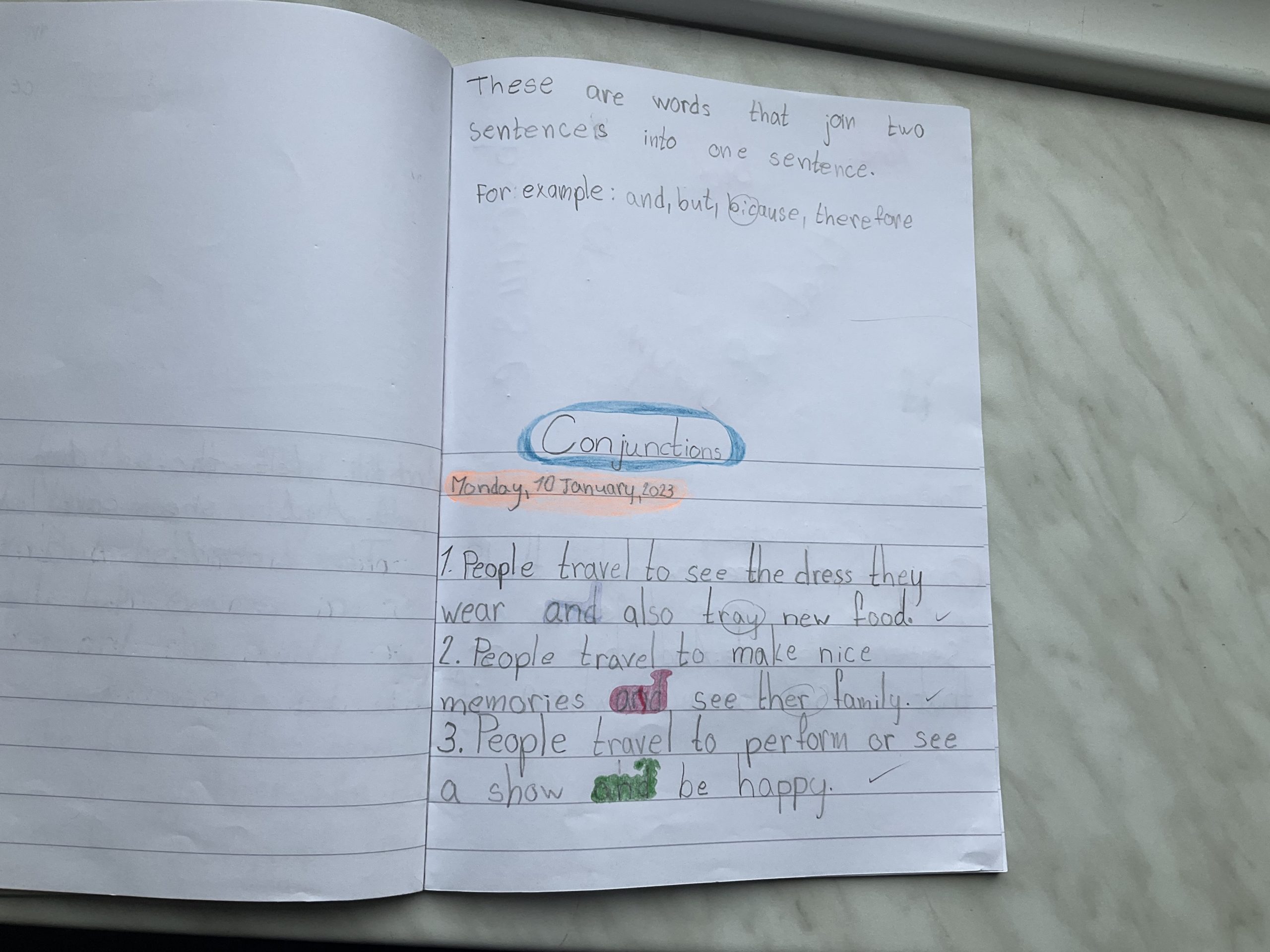
So, now you can assess yourself. In the beginning of this blog you were given some end goals in mind, with the rest of the blog being your lesson. Did this ”lesson” allow you reach the end goal in mind? It is also all right to say no, it did not. This is a clear indication to the teacher of the lesson that the lesson design could be more successful and is constructive criticism. This is also a conversation to have in the classroom and teacher and student can learn from this experience.
